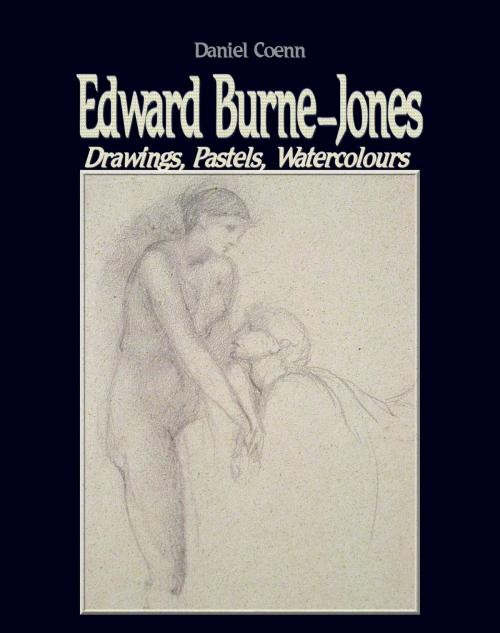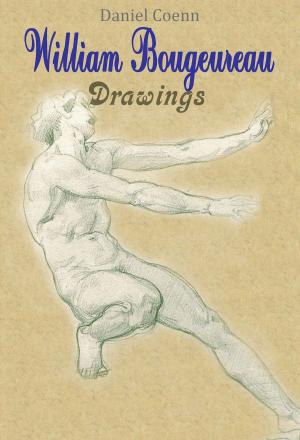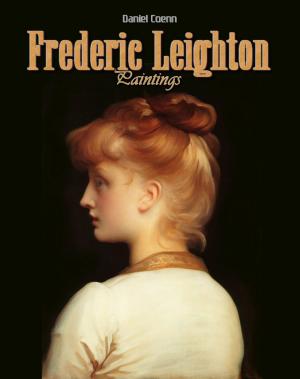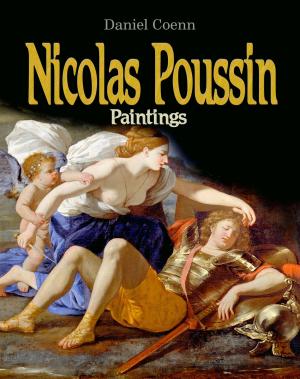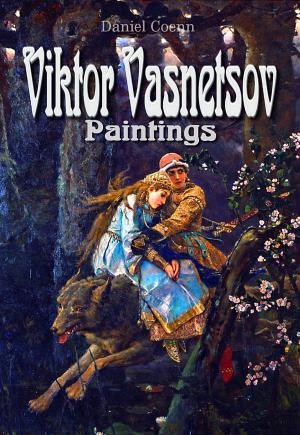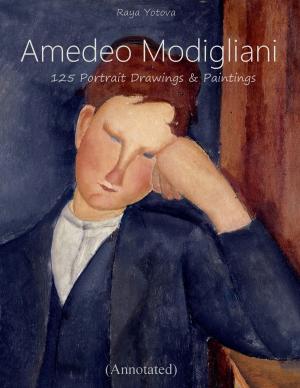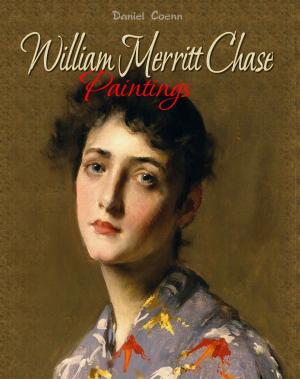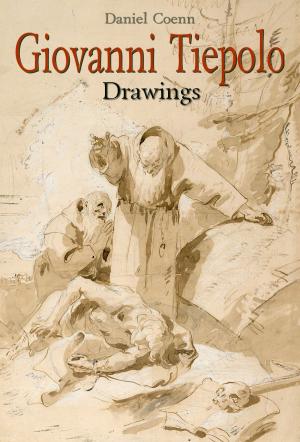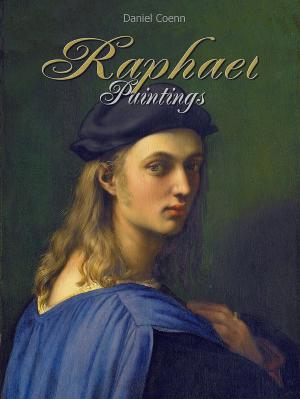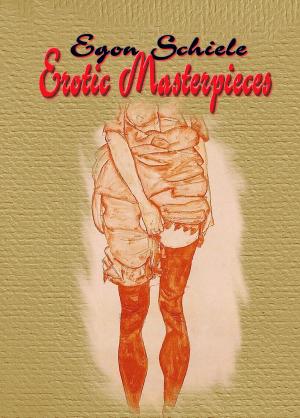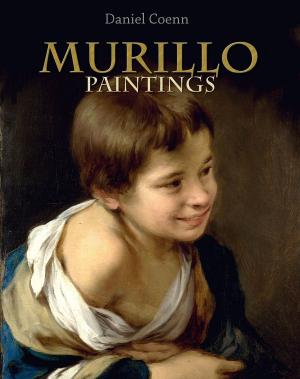Edward Burne-Jones
Drawings, Pastels, Watercolours
Biography & Memoir, Artists, Architects & Photographers, Nonfiction, Art & Architecture| Author: | Daniel Coenn | ISBN: | 1230000157819 |
| Publisher: | Classic & Annotated | Publication: | August 4, 2013 |
| Imprint: | 1 | Language: | English |
| Author: | Daniel Coenn |
| ISBN: | 1230000157819 |
| Publisher: | Classic & Annotated |
| Publication: | August 4, 2013 |
| Imprint: | 1 |
| Language: | English |
Sir Edward Coley Burne-Jones was a British painter and designer closely associated with the later phase of the Pre-Raphaelite movement. He worked in a variety of crafts; including designing ceramic tiles, jewellery, tapestries, mosaics and book illustration. He considered that art should be valued as an object of beauty provoking a sensual response, rather than for the story or moral. In many ways this was opposing to the ideals of Ruskin and the early Pre-Raphaelites. In his pictures, there is the lack of realism; the earth, the sky, the rocks, the trees, the men and women of Burne-Jones are not those of this world; but they are themselves a world, consistent with itself, and having therefore its own reality. His credo for art was: "I mean by a picture a beautiful, romantic dream of something that never was, never will be - in a light better than any light that ever shone - in a land no one can define or remember, only desire - and the forms divinely beautiful - and then I wake up, with the waking of Brynhild."
Sir Edward Coley Burne-Jones was a British painter and designer closely associated with the later phase of the Pre-Raphaelite movement. He worked in a variety of crafts; including designing ceramic tiles, jewellery, tapestries, mosaics and book illustration. He considered that art should be valued as an object of beauty provoking a sensual response, rather than for the story or moral. In many ways this was opposing to the ideals of Ruskin and the early Pre-Raphaelites. In his pictures, there is the lack of realism; the earth, the sky, the rocks, the trees, the men and women of Burne-Jones are not those of this world; but they are themselves a world, consistent with itself, and having therefore its own reality. His credo for art was: "I mean by a picture a beautiful, romantic dream of something that never was, never will be - in a light better than any light that ever shone - in a land no one can define or remember, only desire - and the forms divinely beautiful - and then I wake up, with the waking of Brynhild."
